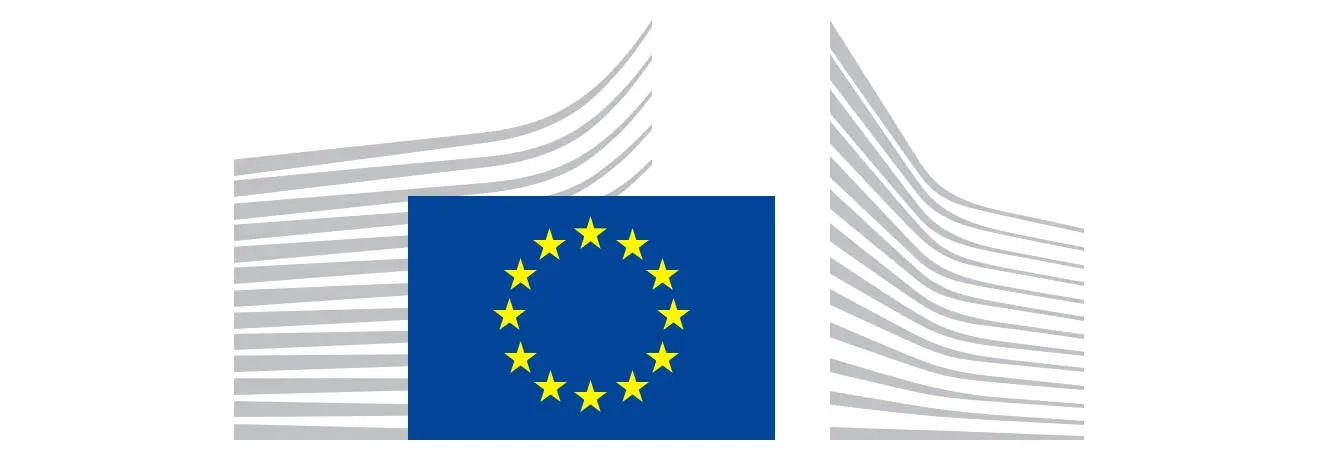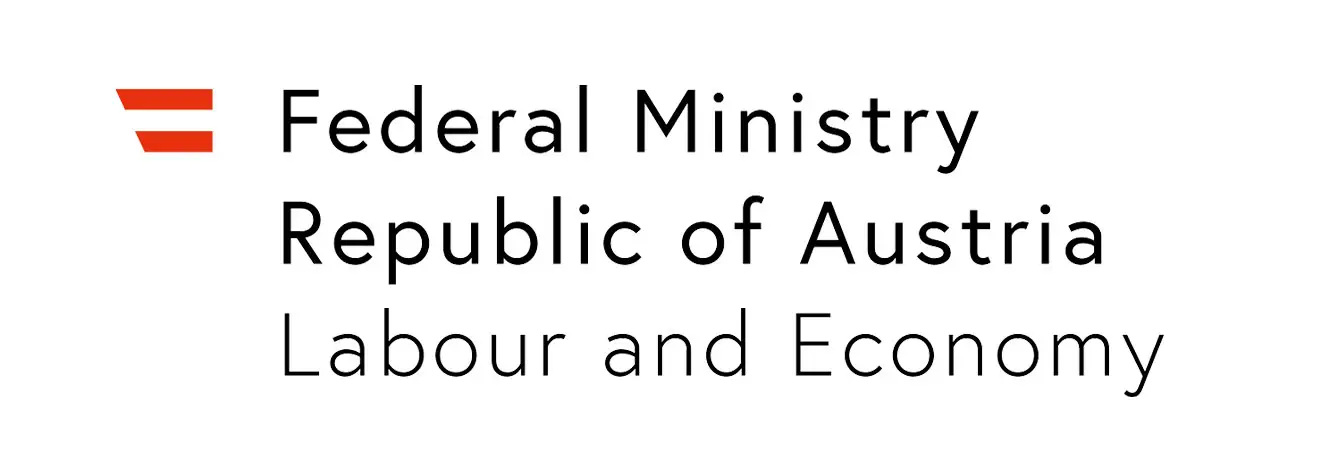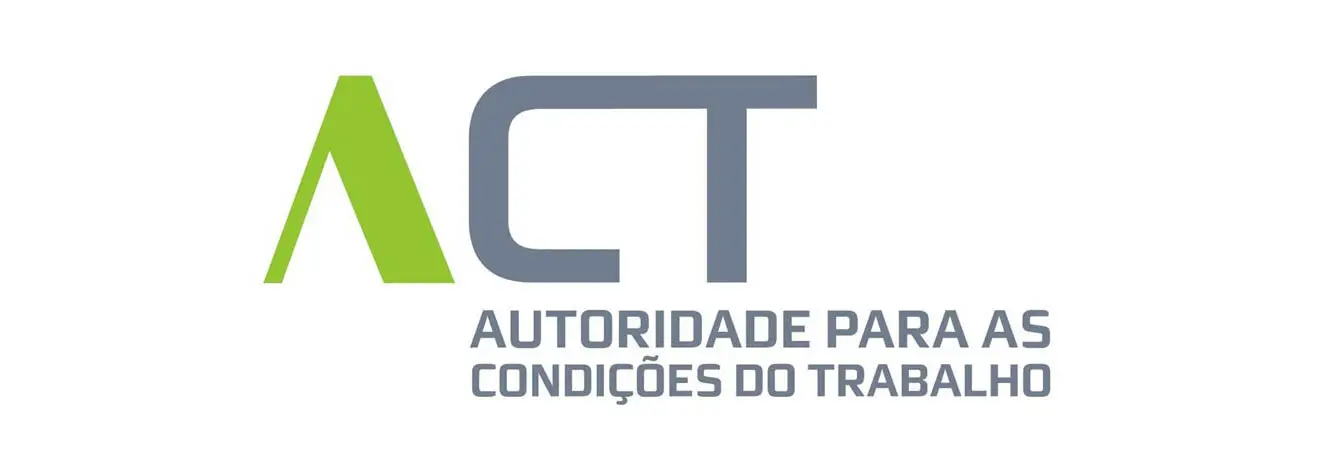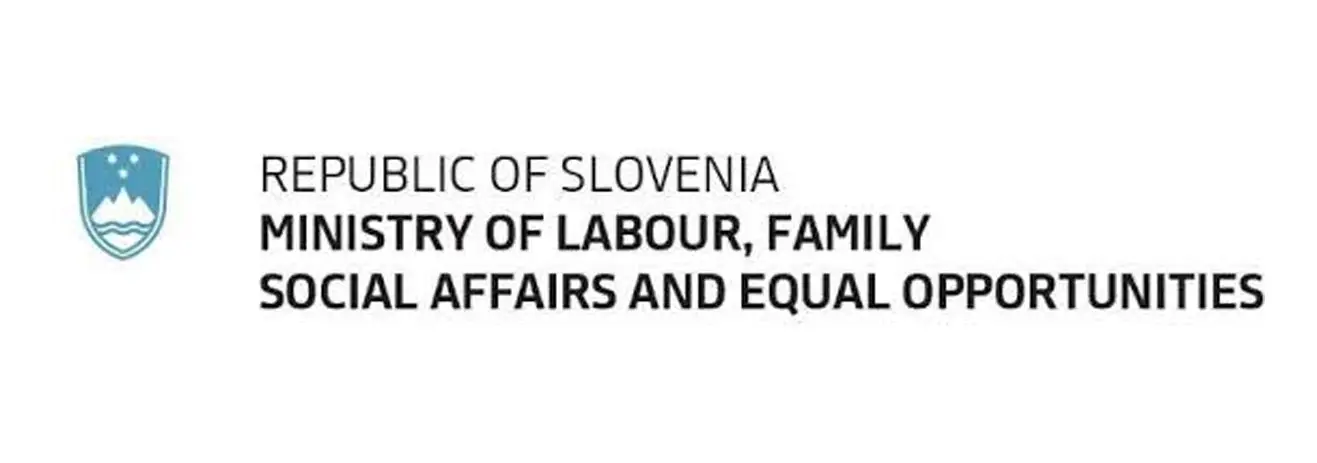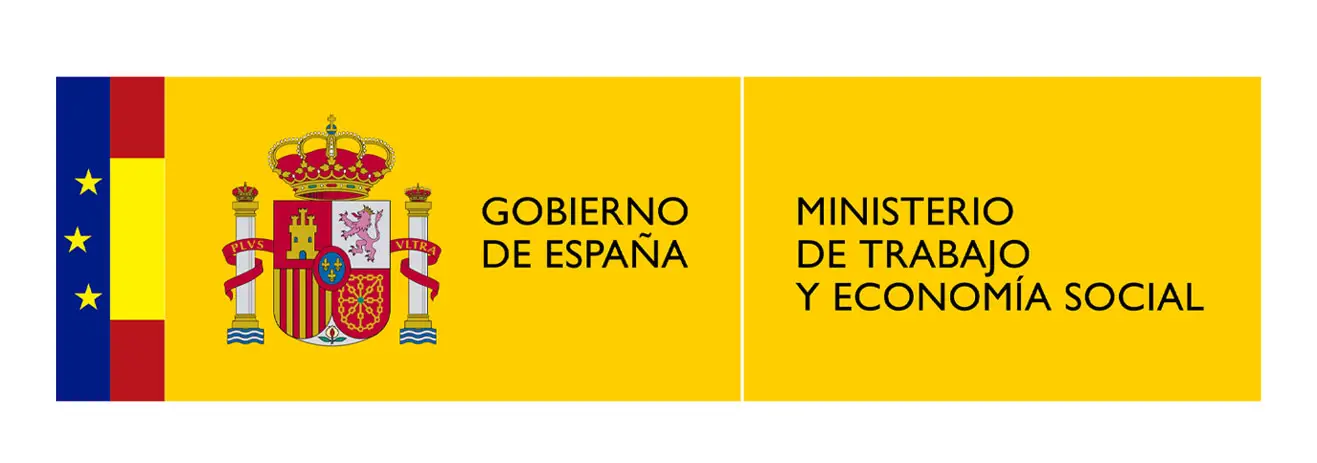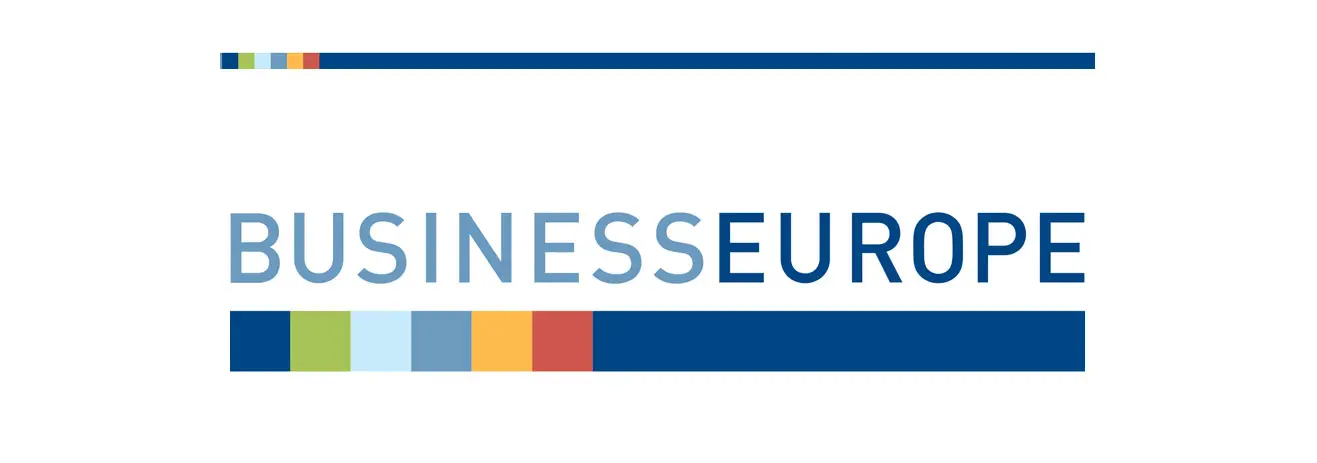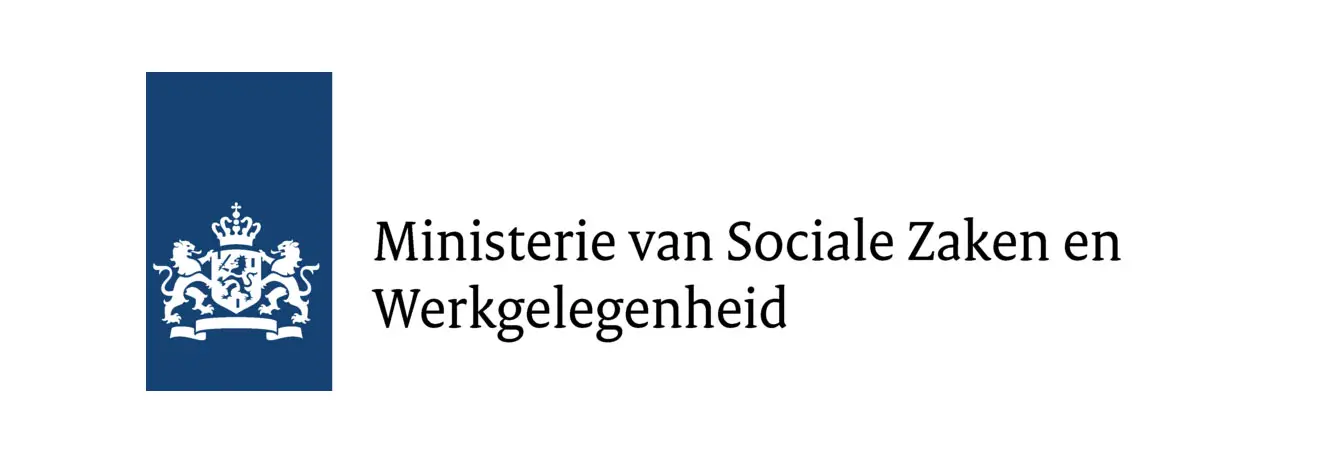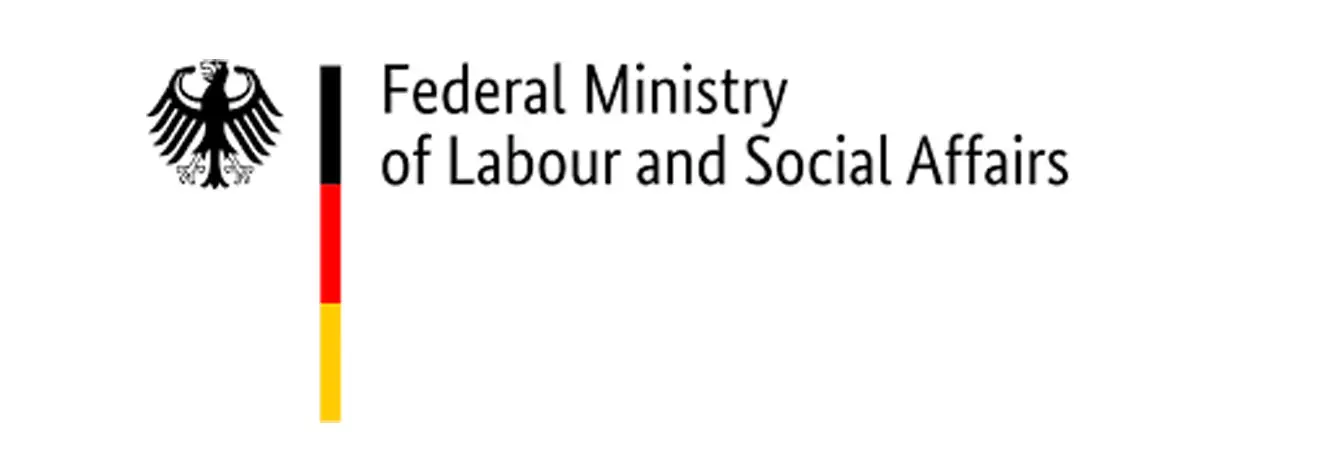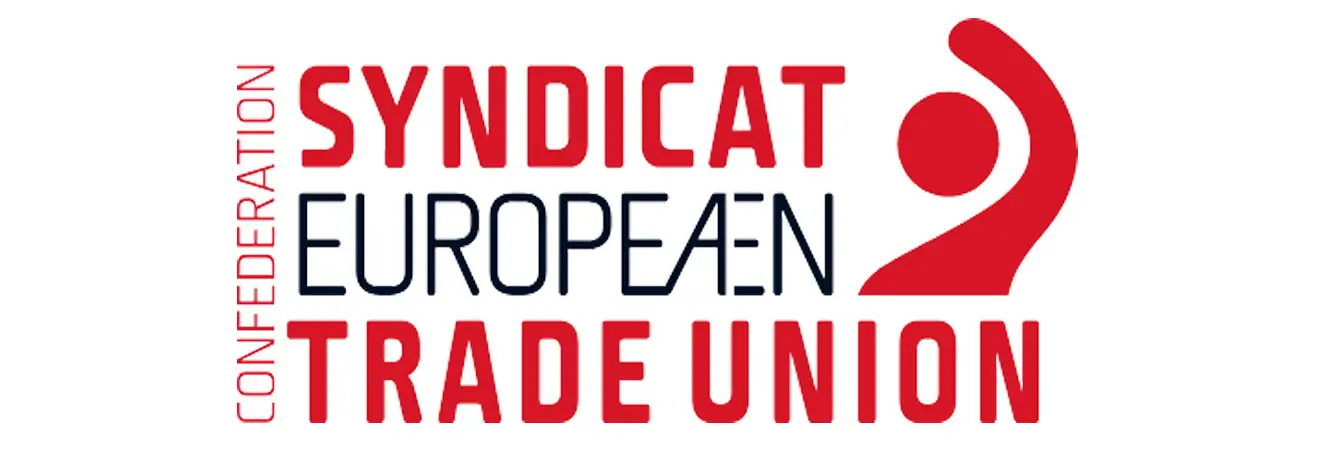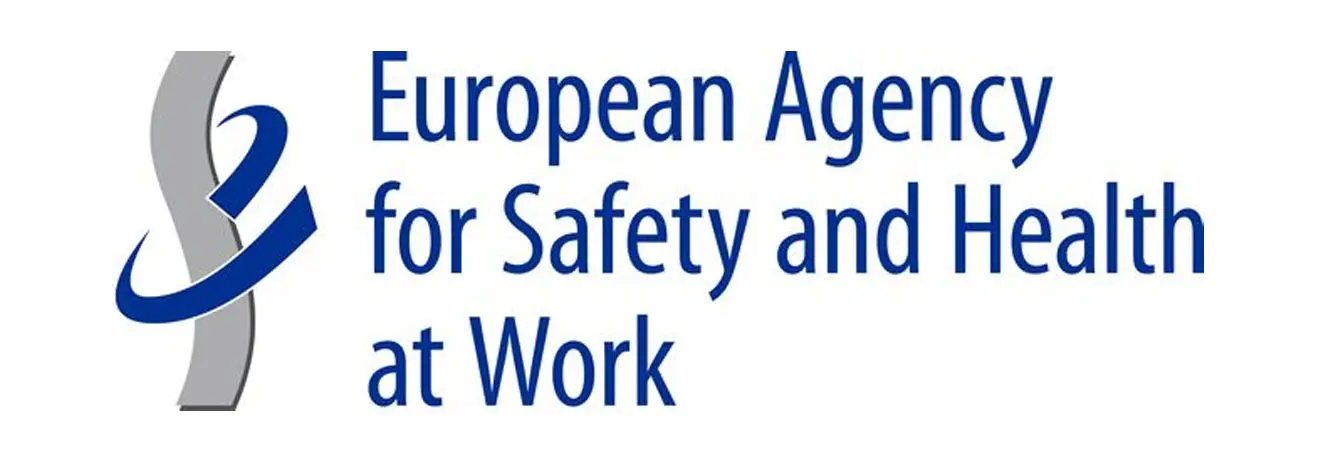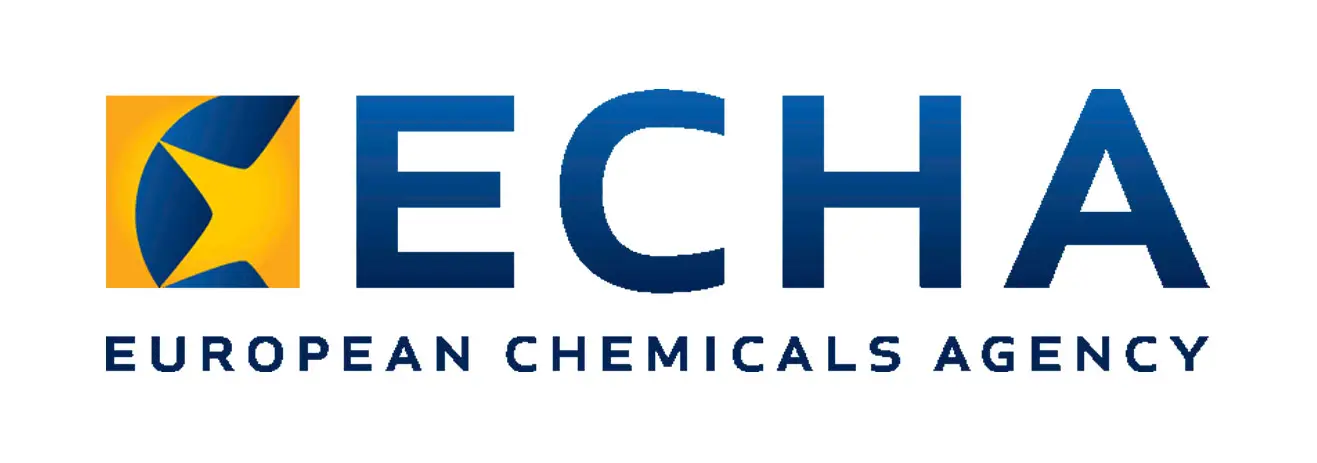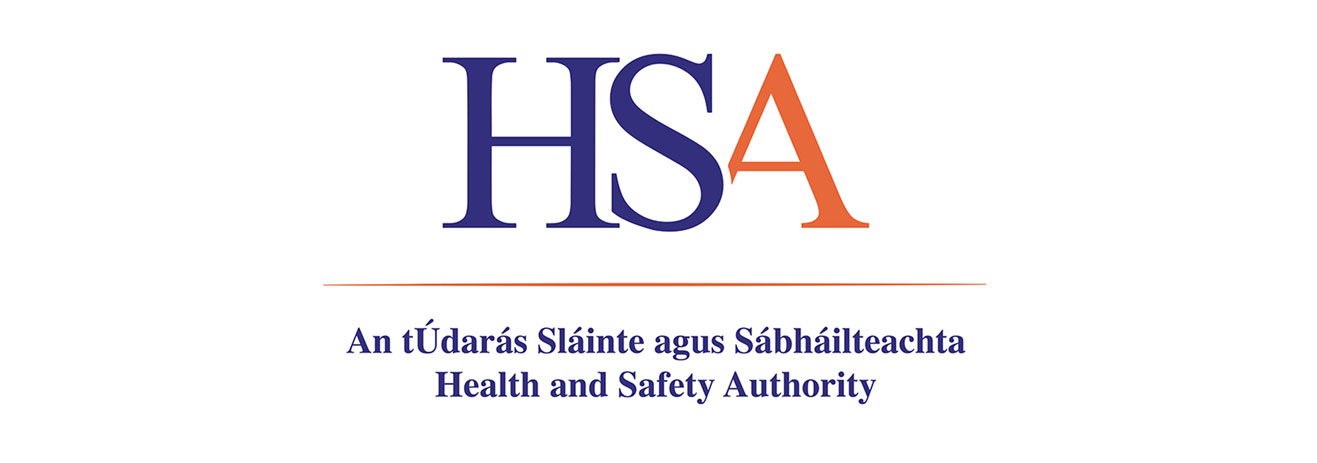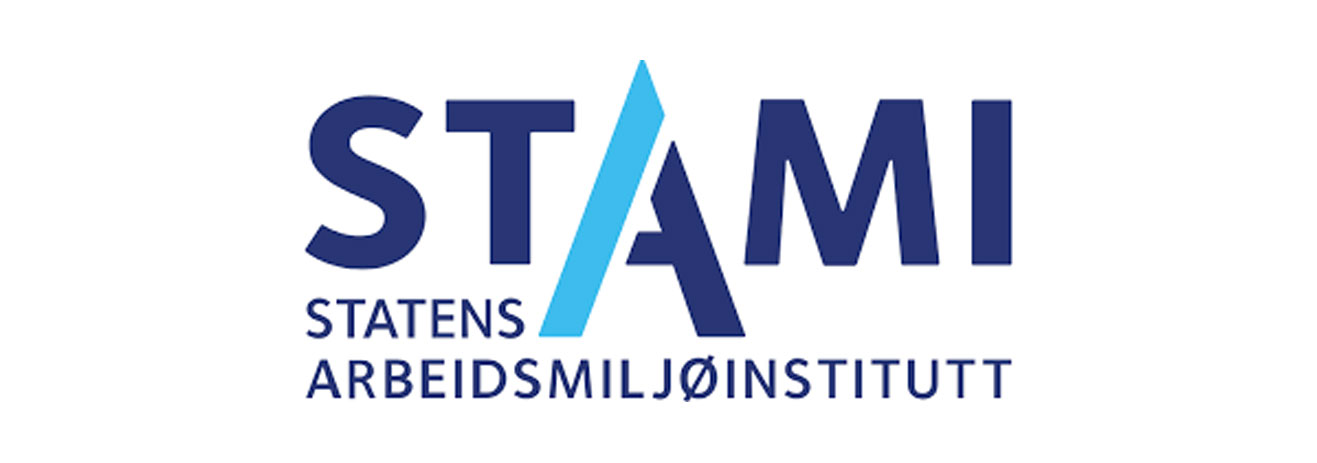As a Kiln Operator, your role involves operating and maintaining kilns used in various industrial processes such as pottery, ceramics, or metallurgy. While your primary focus is on the efficient operation of kilns, it’s crucial to be aware of potential occupational hazards, including those related to carcinogenic risks.
One significant concern is the potential exposure to substances associated with or generated during the kiln operation, such as dust, fumes, or emissions from combustion, which may contain components with potential carcinogenic properties. Prolonged exposure to these materials could increase the risk of developing health issues over time. To mitigate this risk, it’s essential to install proper ventilation, use appropriate personal protective equipment (PPE) and adhere to safety protocols, minimising direct contact and inhalation of potentially harmful materials.
By prioritising safety measures, utilising protective equipment, and strictly adhering to industry guidelines, kiln operators can significantly reduce potential health risks associated with their profession. Regular health check-ups, ongoing safety training, and maintaining awareness of potential hazards contribute to a healthier and more sustainable career in kiln operation.
